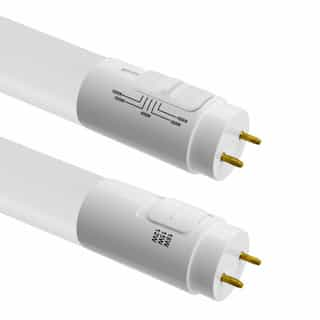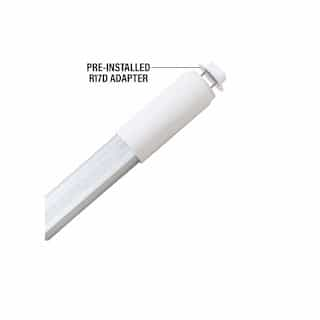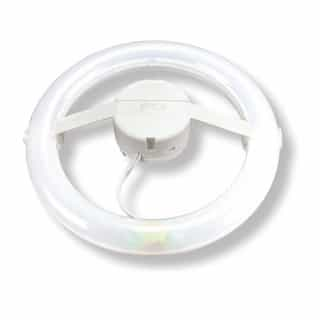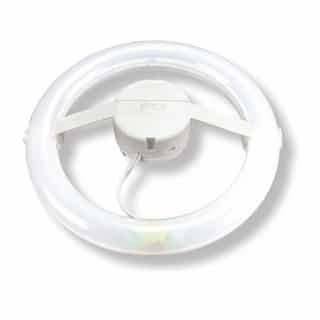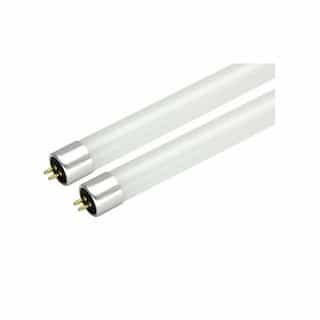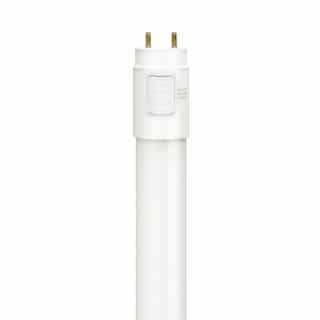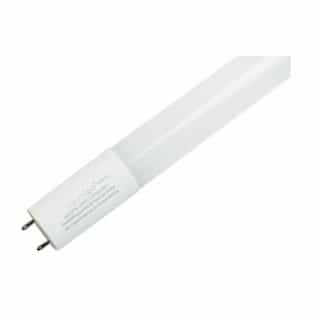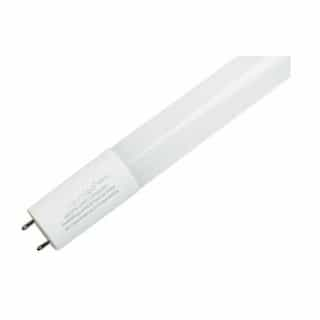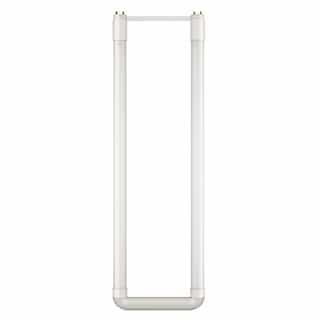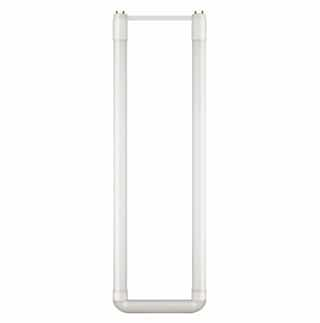What color temperature do I need?
Color temperatures range from warm white to cool white.
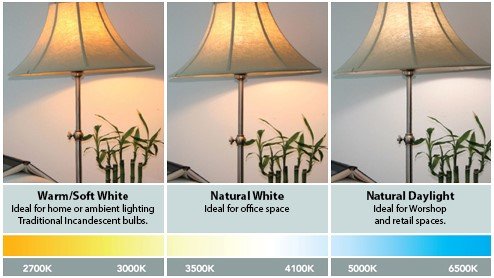
- 2700K - 3000K – provides an ambient, intimate, and personal mood with its warm white light that is ideal for living rooms, family rooms, and hospitality environments.
- 3500K - 4100K – provides a clean and efficient neutral white light that is ideal for kitchen, bath, garage or commercial applications.
- 5000K - 6500K - provides a vibrant and alert cool white light that is ideal for commercial, industrial, and institutional applications.
Our LED tubes typically come in: 5 W, 12 W, 14 W, and 19 W options. Their fluorescent equivalents are 8 W, 12 W, 25 W, and 32 W.
What is a ballast, and do I need one?
A ballast is a device that regulates the voltage and current supplied to fluorescent and HID lighting fixtures. LED tube light voltage is regulated by an LED driver, which is usually built into the tube, so a ballast is not required for it. However, many LED tubes on the market are ballast compatible for retrofitting purposes. While LED tubes are often ballast compatible, we do not recommend using them because they can consume up to an additional 20% more in power.
Image of ballast below:

What is the difference between integrated vs. non-integrated?
What length do I need?
How can you tell if a T8 fluorescent tube is bad?
There are a few signs that can help you identify a bad T8 fluorescent tube:
- The tube doesn’t emit any light at all, even when the fixture is turned on. This is a clear indicator that the tube needs to be replaced.
- Inconsistent performance such as flickering, flashing on and off, or emitting a dim light.
- Noticeable change in color to a pink hue or glowing at one end of the fluorescent tube.
- A t8 tube that has blackened at the ends.
It is important to note that some electronic ballasts can continue to run a tube with a broken filament. While the bulb may appear to be functioning, it will likely be dim and flicker, which can be a sign of a bad tube. In some instances, a tube light may leak and fill with air. This can cause the bulb to glow brightly, but it will not function properly.
Keep in mind that these symptoms can also be caused by other factors:
Each of these components plays a role in the proper functioning of a T8 LED tube light and if any one of these fails, it can cause similar symptoms to a bad LED tube. Always ensure to check all these possibilities before concluding that the T8 tube is the culprit.
How do you remove the side cover of a tube light?
Before you begin the process of removing the side cover of a tube light, turn off the power and disconnect the light from its power source. The side cover is typically located at one end of the fixture and might be held in place by screws or clips.
- Depending on the mechanism that secures the cover, you may need a screwdriver. If screws are present, use the screwdriver to carefully unscrew them. In the case of clips, gently unclip them without applying too much force, as this could lead to breakage.
- Once all the screws or clips are undone, you can now carefully remove the side cover. Remember, it's crucial to handle the cover with care to avoid any damage. The cover might be made of glass or plastic and can break if dropped or handled roughly.
- It's always recommended to follow the manufacturer's instructions for removing the side cover. Each tube light can have a unique design and different manufacturers might use different mechanisms to secure the cover.
If you feel unsure or uncomfortable about any part of the process, it’s always wise to consult a professional electrician. If you encounter any issues while attempting to remove the cover, a qualified professional can safely perform the task without risking further damage to the tube light.
